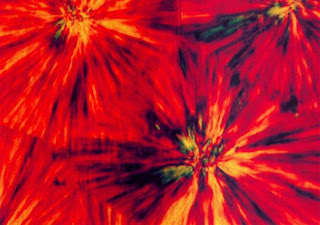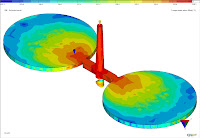Polish polymer processing companies
We would like to present the new series called Polish polymer processing companies . Firstly Zakłady Maszyn Chemicznych „METALCHEM” leading polymer extrusion machinery producer. Some information from the official web page below. Almost since the beginning of its independent existence Zakłady Maszyn Chemicznych „METALCHEM” have produced machines for the chemical industry, gradually increasing the share of plastics processing machines. At present extruders, extrusion lines as well as spare parts for these machines, including chiefly the plasticizing units account for 100% of production. Major events in the history of METALCHEM: Zakłady Maszyn Chemicznych „METALCHEM” Sp. z o.o (Chemical Machinery Plant „METALCHEM” Ltd) is a single-plant company located in the industrial district on the outskirts of Gliwice. The company is a direct legal successor of the state enterprise having the same name. 25.02.1951r. The Minister of Chemical Industry issues an order on establishing a state compa

















+technology..png)




